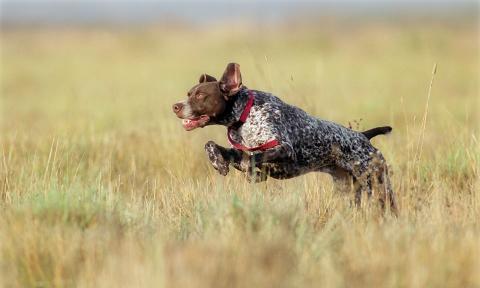Brad Mormann | Originally published in GameKeepers: Farming for Wildlife Magazine
Growing up in an agricultural community in northeast Iowa during the ‘80s, I spent a lot of time helping my grandpa manage his land. Now I have to say, at least early on, much of that time was spent bouncing through pastures in my grandpa’s old Ford as I knelt on the seat making sure we didn’t run over any bedded calves as we checked on the cattle. Being a typical kid I was always full of questions which grandpa never hesitated to answer. A common answer to my questions of why something was done in a particular way was “that’s what my father taught me.” Surprisingly, now as I think back, grandpa’s methods, and even great-grandpa’s for that matter, may not have always been the most lucrative ways of farming, yet they were pretty good examples of effective working land management with a good helping of game management to boot.
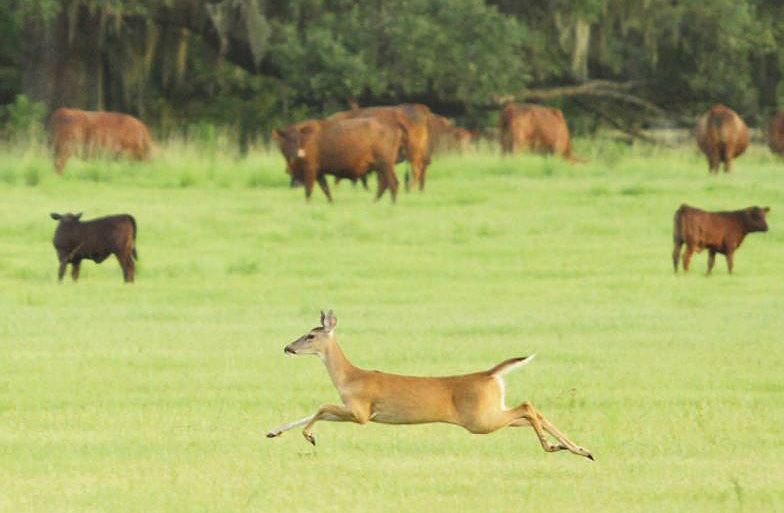
My grandpa’s farm was about 40 percent woodland and 60 percent open land. Besides row cropping, an important aspect was the management of several pastures. These pastures were used for dairy cow loafing/foraging and for beef cattle production. They were spread throughout the farm. Some were up around timbered areas and others were in more open areas around the barns and house.
An interesting facet was that the pastures near the woods were not actually within the thicker wooded areas. As in most cattle pastures, in the shaded areas under trees I can remember the large tree roots that seemed to grow on top of the ground like snakes slithering from the tree.
This phenomenon I learned later was a result of intense soil compaction from the cattle hooves because the cattle were constantly shifting hundreds of pounds of weight to relatively small hoof surfaces. Over time, the compaction of the soil, increased erosion, and growth of the tree’s roots caused the roots to appear like they were rising to the surface. This is not a good thing for the tree or its value if ever cut for lumber in the future, mainly because the roots themselves sustain damage from the cattle’s hooves allowing insects and disease an easy path into the tree.
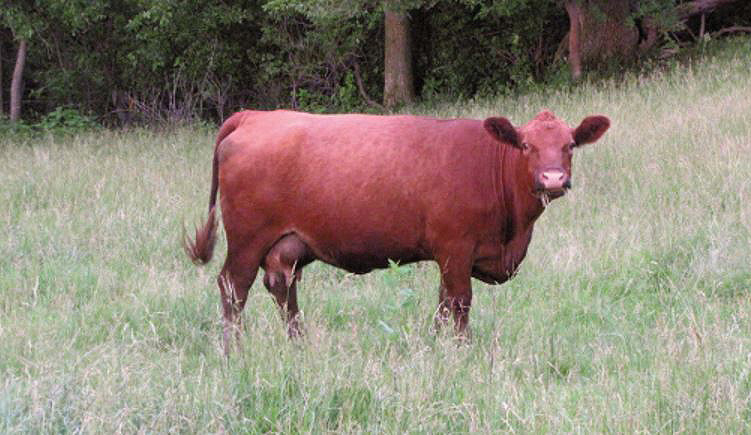
This often causes staining in the tree’s interior wood that significantly decreases its value during harvest and can increase stress that results in decreased growth (in the case of an oak, fewer acorns) and potentially premature death. Besides the stress observed in lowered acorn production, the tree canopy deterioration was the most apparent. Trees in the pasture usually were full of dead branches and looking sickly, until eventually becoming dead snags with branches lying all around them. Under these trees there was often limited vegetation with the exception of trees and shrubs that cattle avoided, including thorny multiflora rose and honey locust. Locating calves from the truck window was usually pretty easy in these areas as there generally were not a lot of places to hide.
Protecting Woodlands
From what I know now, Grandpa was on track with his pasture management practices in relation to trees and the woodlands. He knew that the trees were great for protecting cattle from the sun’s powerful rays, a thunderstorm’s winds and driving rain. He also knew he was sacrificing a few trees for the good of the cattle, but that protecting the rest of the woods from grazing was important. This protection was to ensure:
- The woodland would return its maximum value in lumber production. He was keenly aware of the slowed growth that occurred within the trees inside the fence of the cattle pasture. The stressed condition they were always in, the falling branches, the limited fruit and acorn production, the damaged roots, and sloughing bark. He also looked beyond the large valuable trees to the young saplings that would replace the trees taken in the next harvest. Most of these saplings would fall victim to consumption, rubbing, and trampling of the herd if left inside the pasture, leaving only the poorer quality tree species and invasive species to take over including cedar and honey locust.
- The cattle grew fast and fertile. Cattle’s consumption of tree leaves and buds are poor quality forage compared to the grasses and legumes that their digestion system has evolved to utilize. These same leaves and buds during certain times of the year can also severely stress and even kill cattle that feed on them. Some trees and herbaceous plants that are potent to cattle include the black cherry and buckeye, pokeweed and cocklebur.
- The soil remained in place to sustain the next generation of farmers, his sons. A woodland containing cattle can erode at over 12 times the rate of a woodland protected from cattle grazing. This erosion caused by soil compaction, organic material loss, and increased surface water flow also lowers fertility of the remaining soil.
- The game species he and his family enjoyed pursuing were bountiful – deer, turkey, rabbit and squirrel. Food and cover are two critical aspects of a these critters’ lives. In a woodland, food comes from two primary sources, fruit and foliage, and cover from the presence of understory plants. Fruit are the acorns, nuts, and berries, and foliage/cover are the stems, leaves, buds, and shoots. The abundance of all of these can be greatly impacted by cattle grazing.
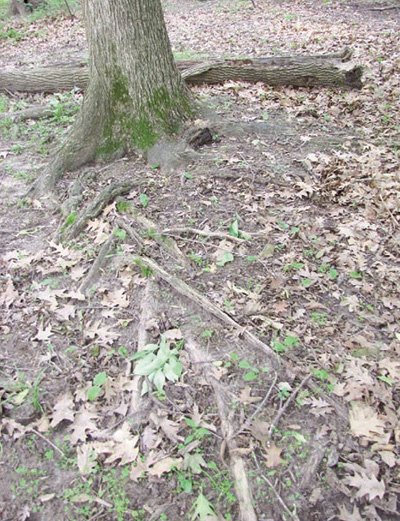
roots of trees are often exposed due to soil compaction and
erosion. Once exposed, roots can be damaged causing
stress to the tree which impacts seed production (acorns,
crab apples, etc.) and timber value.
Grazing itself can consume and eventually eliminate some of the highest quality tree, shrub, and herbaceous plant species. Trampling and soil compaction can severely reduce the rest. The process results in a “park-like understory.” Although we as hunters, hikers, or general outdoorsmen may find a park-like understory easy to walk and see through, the game that depend on the missing plants for food and cover are stressed and reduced in number
It is easy to see that plants are missing in grazed woodlands. The next time you are in woodland with a park-like understory, stop and put yourself in the game’s position. If you were a hen turkey, where would you lay your eggs and hide yourself from passing raccoons, fox, and coyotes? If you were a doe whitetail, where would you hide you newly born fawn from bears, coyotes, or bobcats? The ideal locations are generally limited, which is a reflection of a turkey flock’s poor poult production or deer herd’s limited fawn recruitment.
Away from the trees, however, where the cattle seemed to disperse throughout the pasture there was generally a great range of thickness, height and variety of vegetation. Grandpa liked the idea of moderate grazing pressure and maintenance as opposed to heavy grazing pressure and intense maintenance in his pasture management approach. Thinking back that may have been more because grandma liked the blackberries growing in the pasture for her pies, but no matter the reason, the diversity of structure and vegetation allowed for us to always see deer, turkey, and pheasants as we rode through the pastures.
As a biologist and hunter, I find it easy to understand why game were within these pastures. There were grasses, legumes, flowers and shrubs. There was cover for fawns to bed and hide in, and turkeys and pheasants to nest in. There was also a diversity of plant species that provided forage like the blackberries grandma and the deer loved, and attracted insects that the pheasant and turkey poults pursued. Why were these all abundant in the grassland portion of the pasture and not in the woodland? Because unlike the woodland, there was no overstory, the plants were more adapted to withstand trampling, fertilizer was easily applied, and grandpa didn’t let the cattle over-graze the pasture.
Over-grazing any pasture is as simple as putting more cows per acre than the pasture can handle. The exact number of cattle per acre that a pasture can sustain is largely based on the quality of soil, moisture received and growth rates of the forage throughout the growing season. The key is to check the pasture itself along with the cattle to ensure the forage is keeping ahead of the munching herd. Another option is to keep the cattle moving to new pastures to give a rest and regrowth period for the heavily consumed pastures.
Finding the Balance in Grassland Pastures
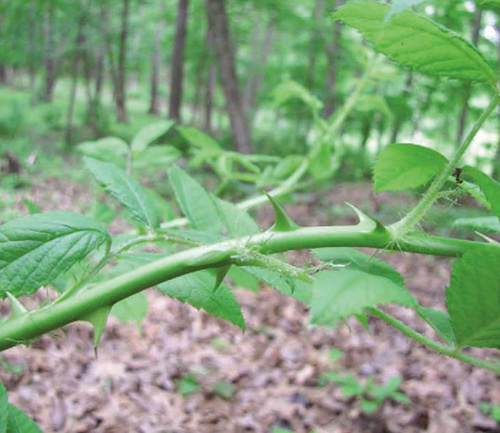
grasslands and woodlands when cattle graze the competition. These
plants are poor substitutes for the diversity of vegetation they replace.
As my grandpa learned from his father and observed while farming, it is important to find a balance in grassland management that not only meets the needs of the cattle, but also that of the wild game you enjoy hunting and observing. This requires the ability to allow at least some pastures to look “rough” and resisting the urge to “clean them up.” Very few game species can live their lives in a pasture that looks like a golf course throughout the year. Here are a few tips to consider when you want both cattle and game to utilize your grassland pastures – think food and cover:
- Consider eliminating cool-season perennial grasses from the pasture. These grasses provide little, if any forage for game species. They generally have poor stem strength causing them to mat down after the first snowfall of the year leaving little cover for much of the winter. They also increase in abundance and inhibit the growth of other plant species. This suppression of plant diversity decreases food and cover abundance for game species. An alternative to perennial cool-season grasses is native warm season grass (NWSG). NWSG mixes containing legumes and forbs are far superior for wildlife habitat than their cool-season cousins.
- If eliminating all of the cool-season perennial grasses isn’t possible, try a NWSG mix on only 25 percent of the pastureland. Since NWSG is most productive during the summer it has a shorter productive season, but this season is exactly when cool season grasses are going dormant. The important aspect is to keep NWSG pasture separate form cool season grass pastures. NWSG does not hold up to continuous foraging pressure and should not be grazed shorter than 8 or 10 inches. Although it seems as though that’s leaving a lot of grass in the field, research has shown that during NWSG peak growth it can often outperform cool-season pasture forage quality and quantity.
- Maintain forbs and legumes in a cool-season grass mix. The diversity will help to attract insects and provide high-quality protein forage.
- Leave the mower hidden in the weeds behind the barn. Mowing has little benefit for a grassland except to eliminate diversity. Brush, i.e. blackberries, crab apples, persimmons, etc., are an important food and cover source for many game species. If they are expanding too much in the pasture consider a prescribed fire or spot spraying to slow their expansion. These tactics maintain the structural diversity that game requires and in the case of fire, can actually improve plant palatability. Research in the Midwest on patch-burn-grazing is finding that cattle will focus heavily on burned areas of a grassland pasture over an unburned area. With a burning rotation, portions of a pasture grow as if being fenced off versus newly burned areas being heavily consumed – this diversity and forage quality is a win-win for game and ranchers.
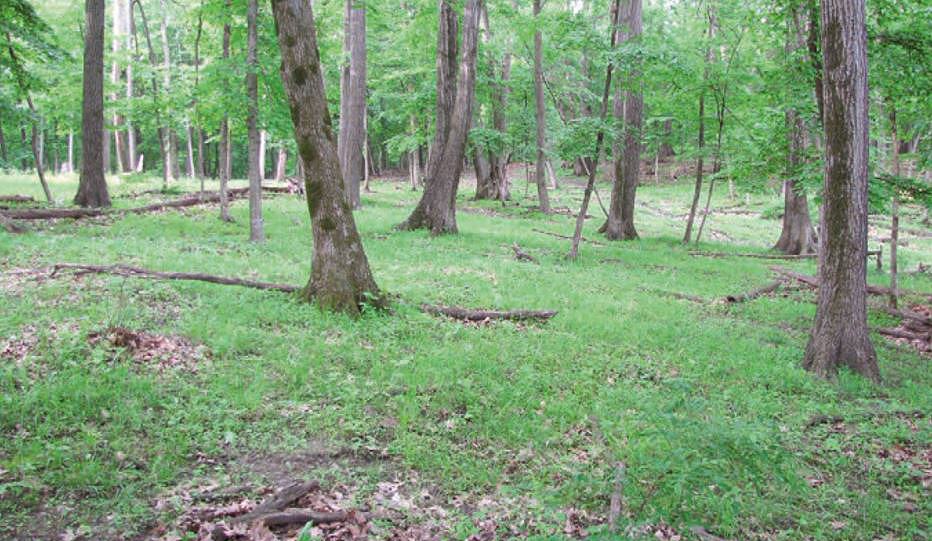
From the truck window over three decades ago I did not realize it, but I was doing more than keeping calves from getting under the tires. I saw how my grandpa’s farming practices affected his cattle, game and family’s income. Managing these pasture management practices was a delicate balancing act but something anyone can achieve.
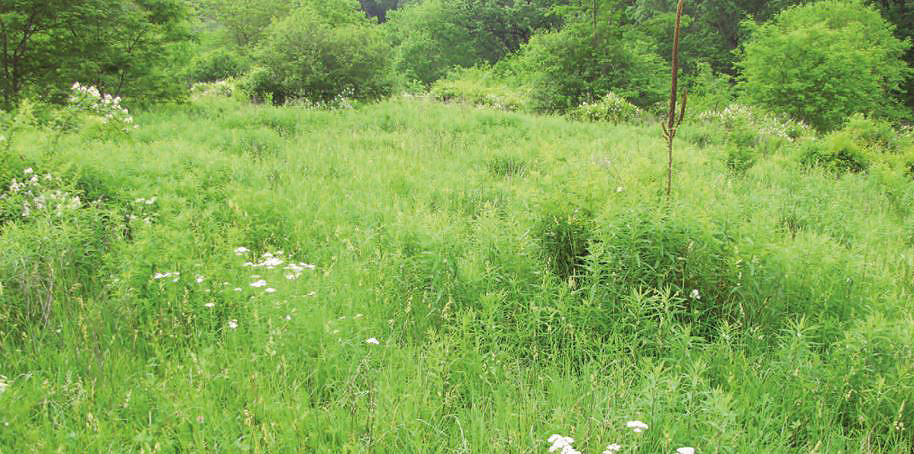
The important aspects are to determine your goals and manage around them. A few major points to remember when managing for game are: more is not always better when determining the number of cattle per acre; fence out the woods; add NWSG, legumes, and forbs; minimize the use of a mower; and maximize diversity. All of these points can simultaneously benefit game and cattle for the enjoyment and prosperity of your family farm.














